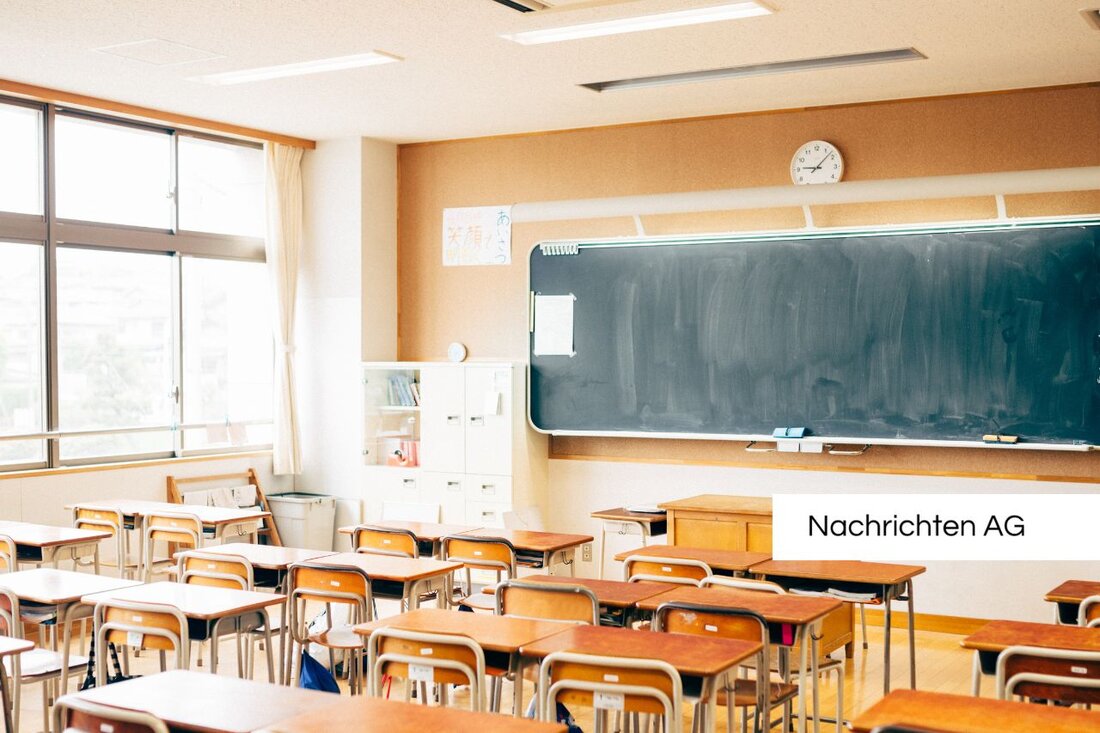Lack of teacher: Red alarm level in German schools!
Specialists in schools: Current data on the lack of teachers, age structure and regional differences in Germany.

Lack of teacher: Red alarm level in German schools!
The lack of teachers in Germany is an urgent problem that increasingly assumes critical proportions in several federal states. A current study shows that the part -time rate of teachers in the school year 2022/23 has achieved a new ten -year record with 42.3 percent. This is part of a more comprehensive trend that affects education in Germany and has been observed in recent years. Over 36.2 percent of teachers are older than 50, which means that a significant part of the teaching staff could retire in the near future.
Alarming development is particularly evident in the federal states of Saxony-Anhalt, Thuringia and Mecklenburg-Western Pomerania, where more than half of the teachers are over 50 years old. However, the necessary new hires cannot be covered due to the lack of younger teachers. According to the Statista , a significant teaching bracket is forecast, which could include up to 85,000 vacancies by 2036.
regional differences and the role of career changers
The situation varies significantly between the federal states. While almost 50 percent of the new teachers are hired in Saxony-Anhalt without formal teaching training, other federal states hire a far smaller number of career changers. Current data show that the proportion of teachers without recognized teaching exams has increased to 9.8 percent, and this trend has become almost twice as high since 2012/13. In many schools, this becomes a problem, since 66 percent of the school management indicates teachers without qualifications, which at most schools does not correspond to the ideal standard.
Education experts warn that this development could have long -term negative effects on the quality of school education. At the same time, the need for teachers has increased due to increasing number of students and immigration, especially through the Ukraine War. Forecasts indicate that by 2035 an increase in the number of students is expected by over 9 percent.
reforms and solutions
In order to counteract the lack of teachers, the Bildungsrat has considered various measures. This includes a temporary reduction in the hourly table and a comprehensive reform of teacher training. On January 31, 2024, a manifesto was published that formulated nine demands on politics, which was created in response to the recommendations of the constant scientific commission.
Another aspect is the decline in the number of teaching graduates. In 2022, around 28,700 students completed their exams, which is a decrease of 10.5 percent compared to the past ten years. In 2023, the number of new students in the teaching degree increased by 2.4 percent to over 46,400, but is also 2.1 percent below the level of ten years ago. This development could further complicate the long -term of teacher supply throughout Germany.
Overall, the lack of teachers remains one of the greatest challenges of the German education system, which must be addressed with a comprehensive strategy and sustainable solutions. More and more teachers are facing the challenge of ensuring the quality of education despite increasing stress. The continued lack of teachers could not only influence the teachers, but also the students negatively, which makes reforms all the more urgent. As ORF, this defect is not a short -term appearance, but a structural problem that has deeper causes and requires long -term solutions.

 Suche
Suche
